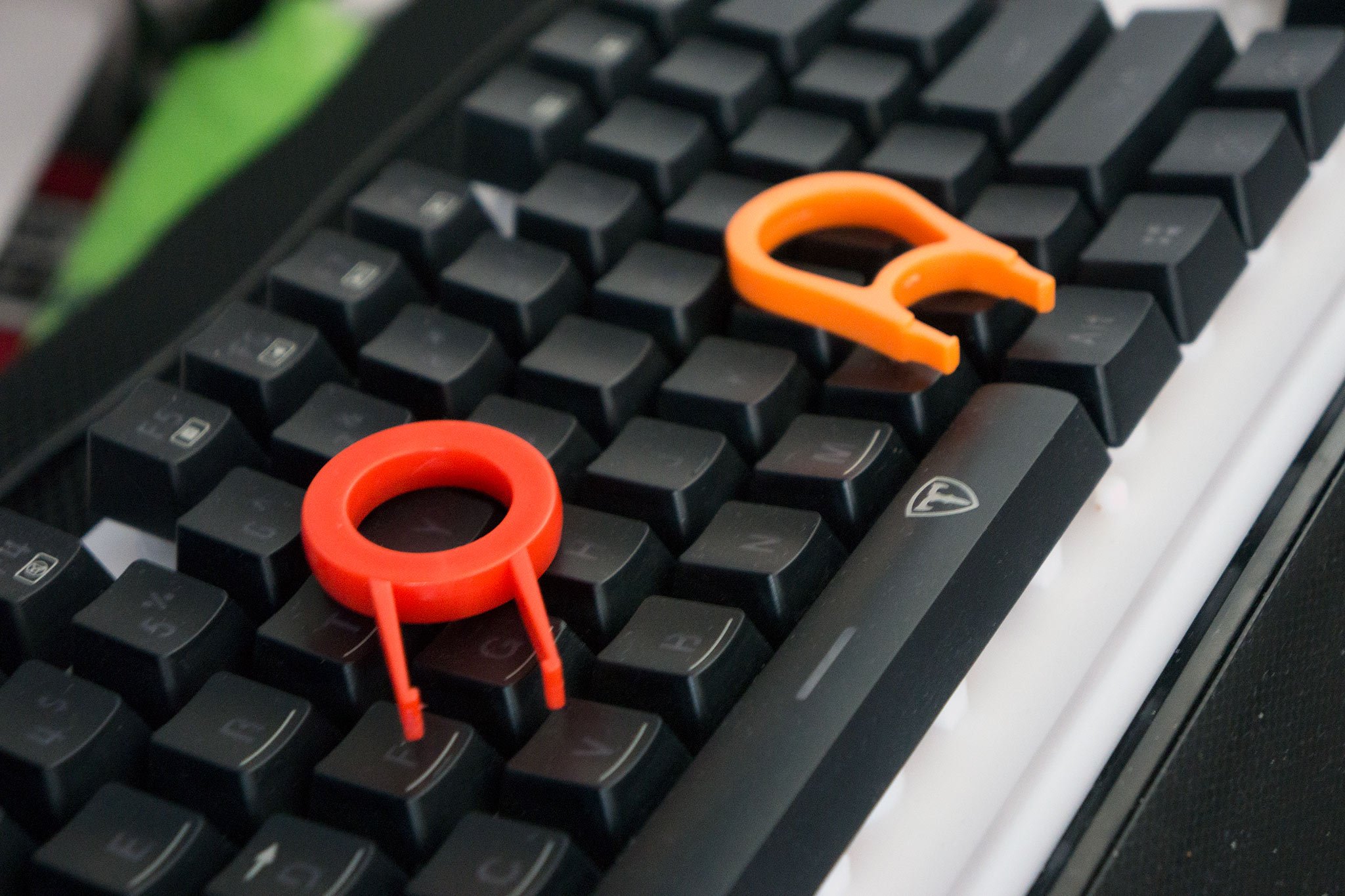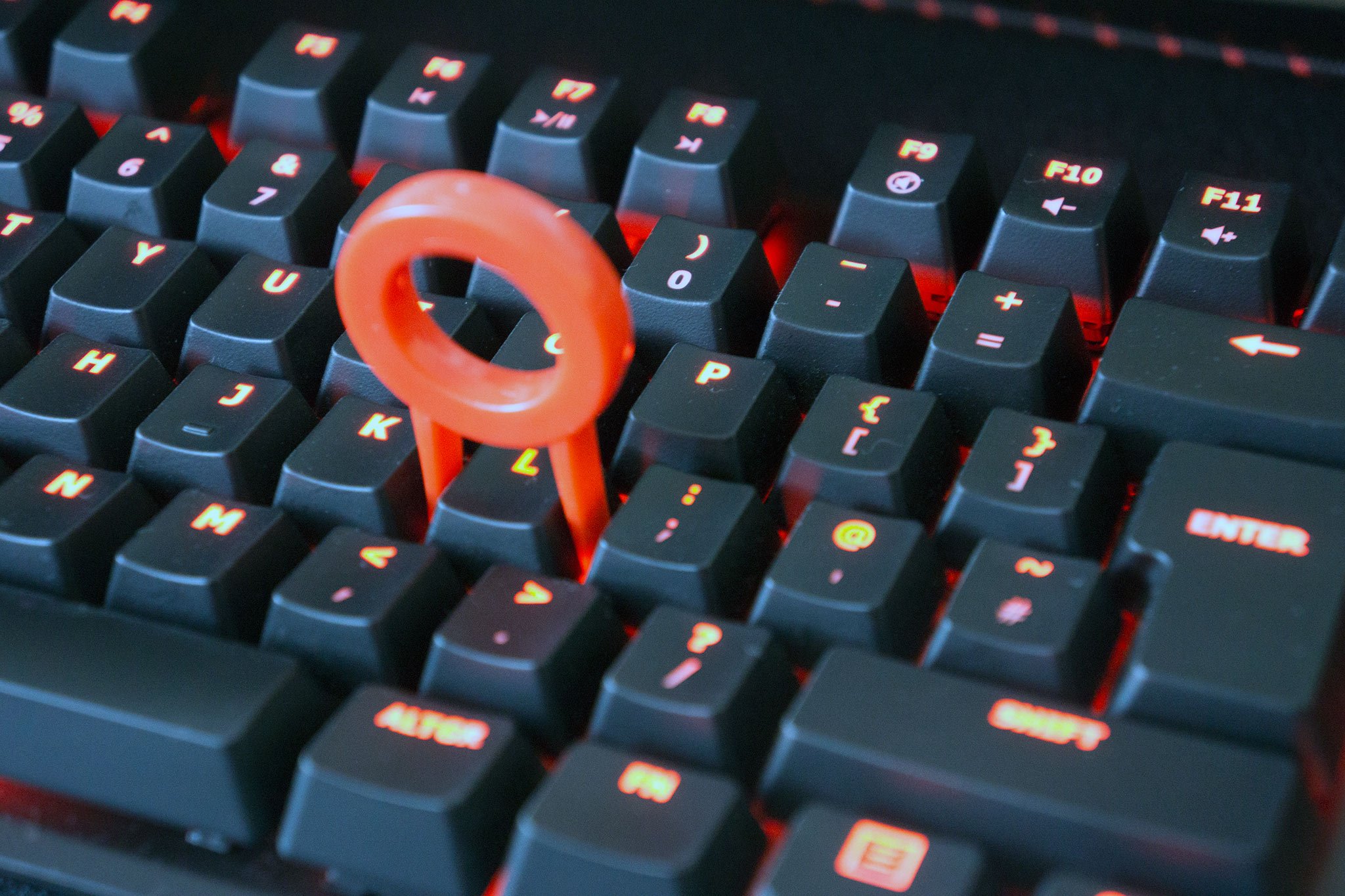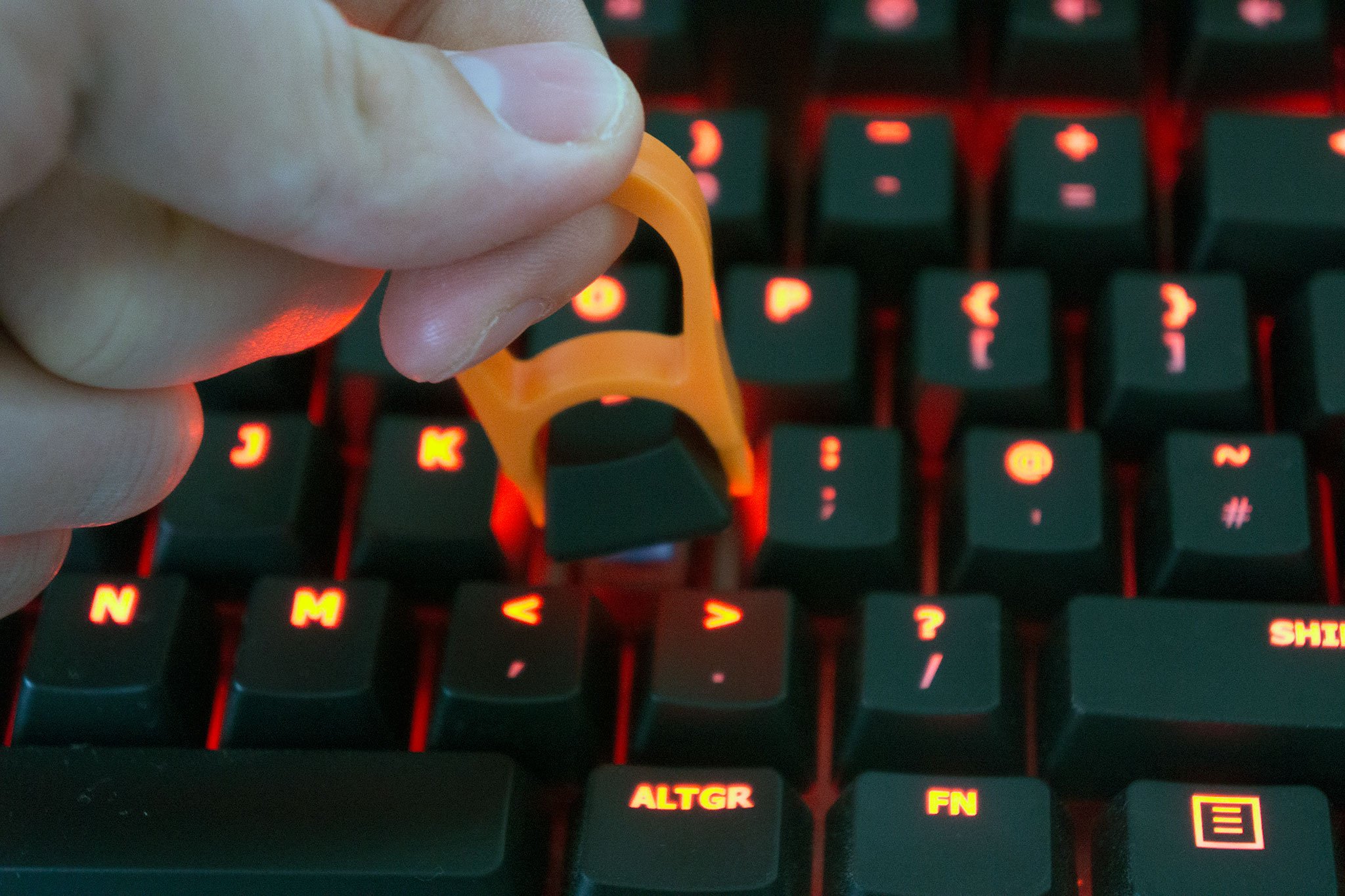How to remove keycaps from your mechanical keyboard

Should you need to remove the keycaps on your mechanical keyboard to clean the device or to switch out the caps and add a personal touch, you'll need to use a keycap puller. These small accessories wrap around a keycap, enabling you to pull out the caps without damaging them or the switches they're attached to. Gone are the times of spending a solid 10 minutes attempting to launch keycaps into space using a pocket knife.
Depending on the keyboard you purchase, the manufacturer may include a keycap puller. If not, you can pick one up off the likes of Amazon from $6. There's the choice between a wire and plastic remover, but both work in a similar fashion and should be absolutely fine in completing the task at hand.

- Attach the puller to the keycap you wish to remove.
- Pull up on the keycap to remove it from the switch.

- Remove the keycap from the puller tool.
Be careful when removing keycaps, especially if your keyboard has LED backlight illumination. Should you have the input device plugged in and turned on when removing keycaps, you'll be greeted by some blinding lights. Thus we urge you to ensure everything is turned off and unplugged before attempting to remove them. That and it's generally good practice to turn electronics off before working on them.
There are custom keycaps available for purchase that can add textured feel to certain keys (like WASD for gamers) or new colors to differentiate said keys from the rest. Just like the keycap removers, some keyboard manufacturers will include these optional extras with their units, but if not you could try online stores who specialize in custom keycaps:
If all else fails, you can bend a paperclip flat, create a "U" shape and bend both ends inwards to create your own DIY keycap removal tool.
Get the Windows Central Newsletter
All the latest news, reviews, and guides for Windows and Xbox diehards.

Rich Edmonds was formerly a Senior Editor of PC hardware at Windows Central, covering everything related to PC components and NAS. He's been involved in technology for more than a decade and knows a thing or two about the magic inside a PC chassis. You can follow him on Twitter at @RichEdmonds.
